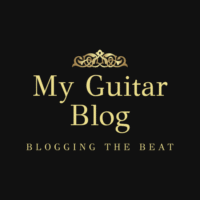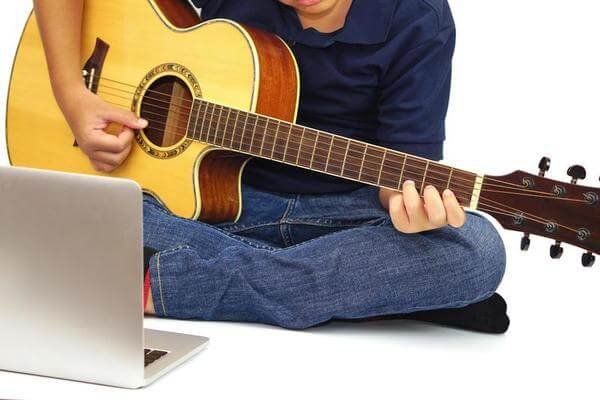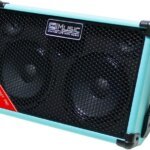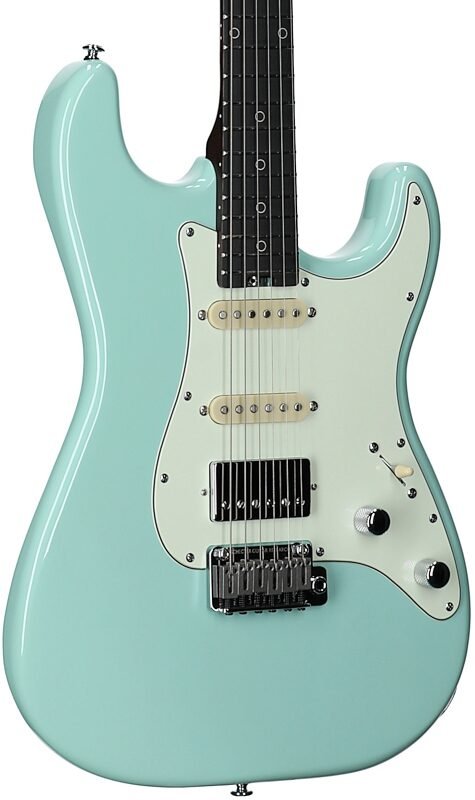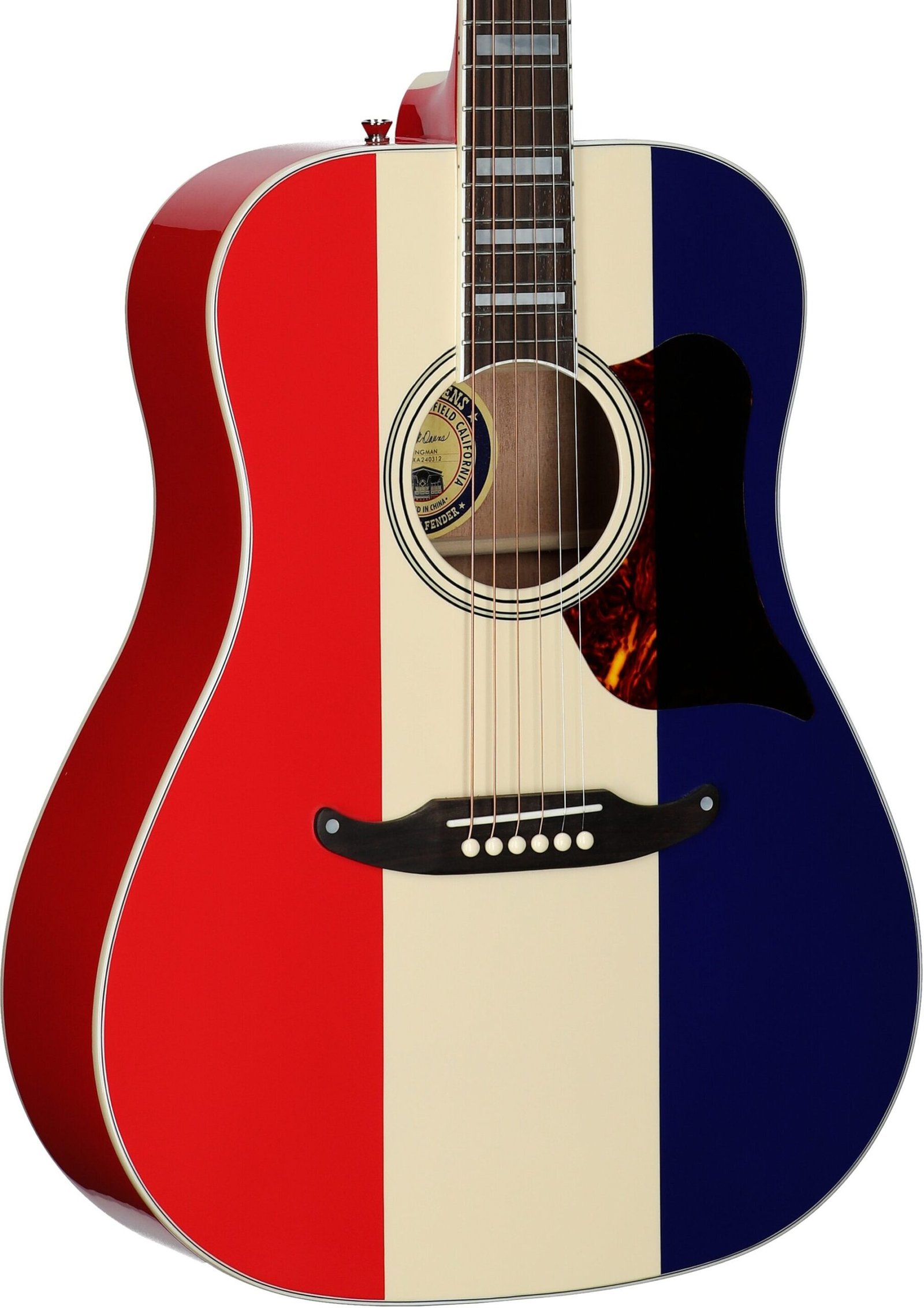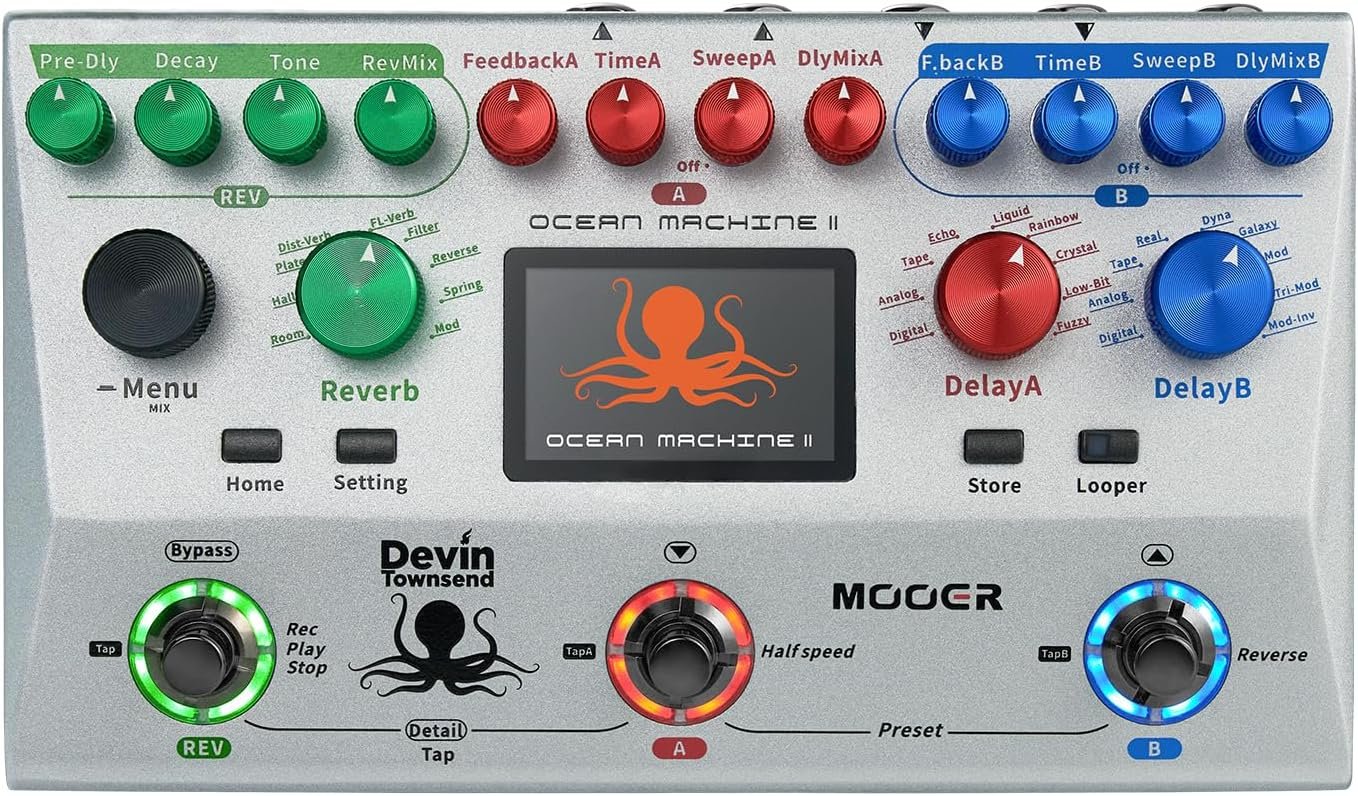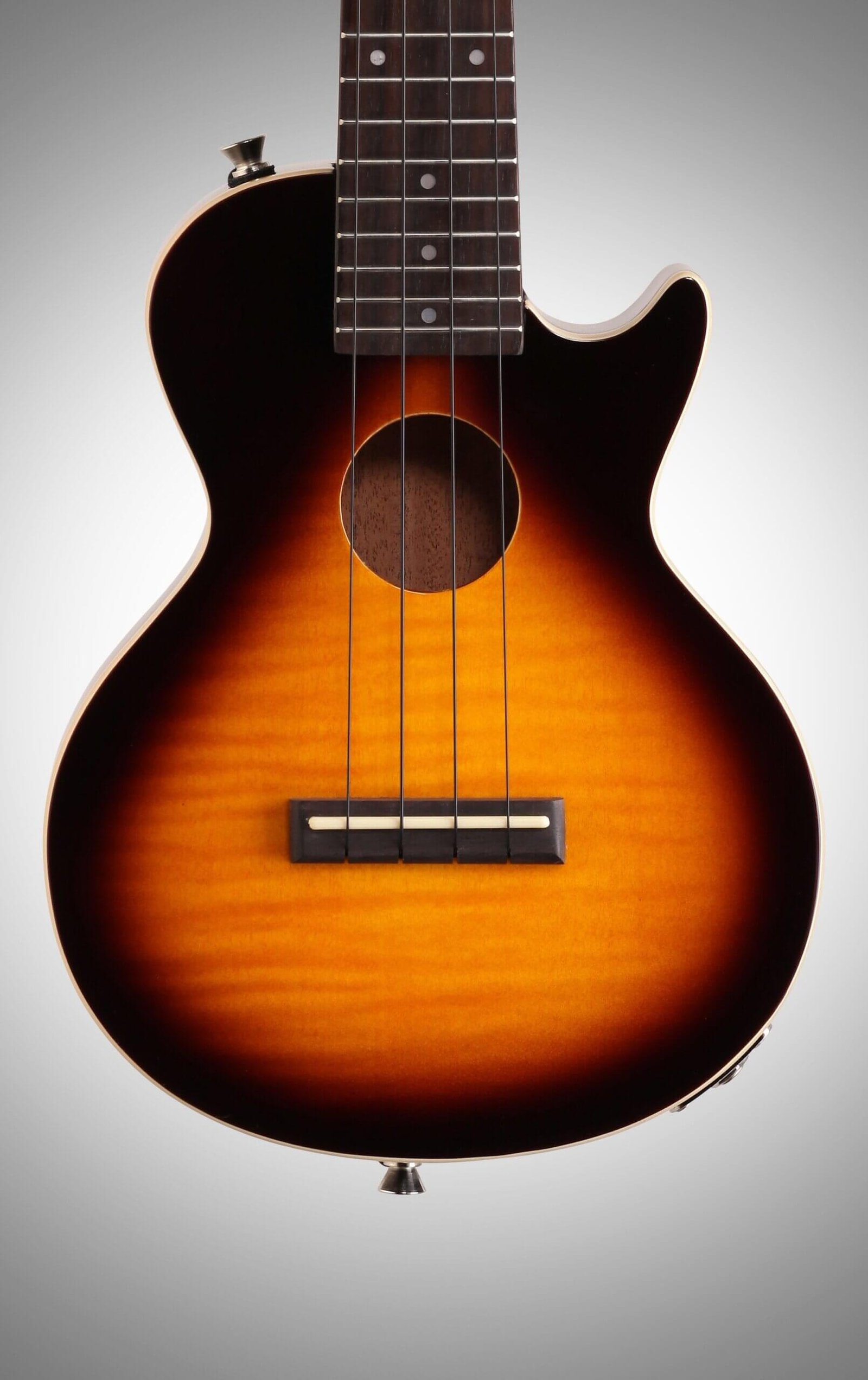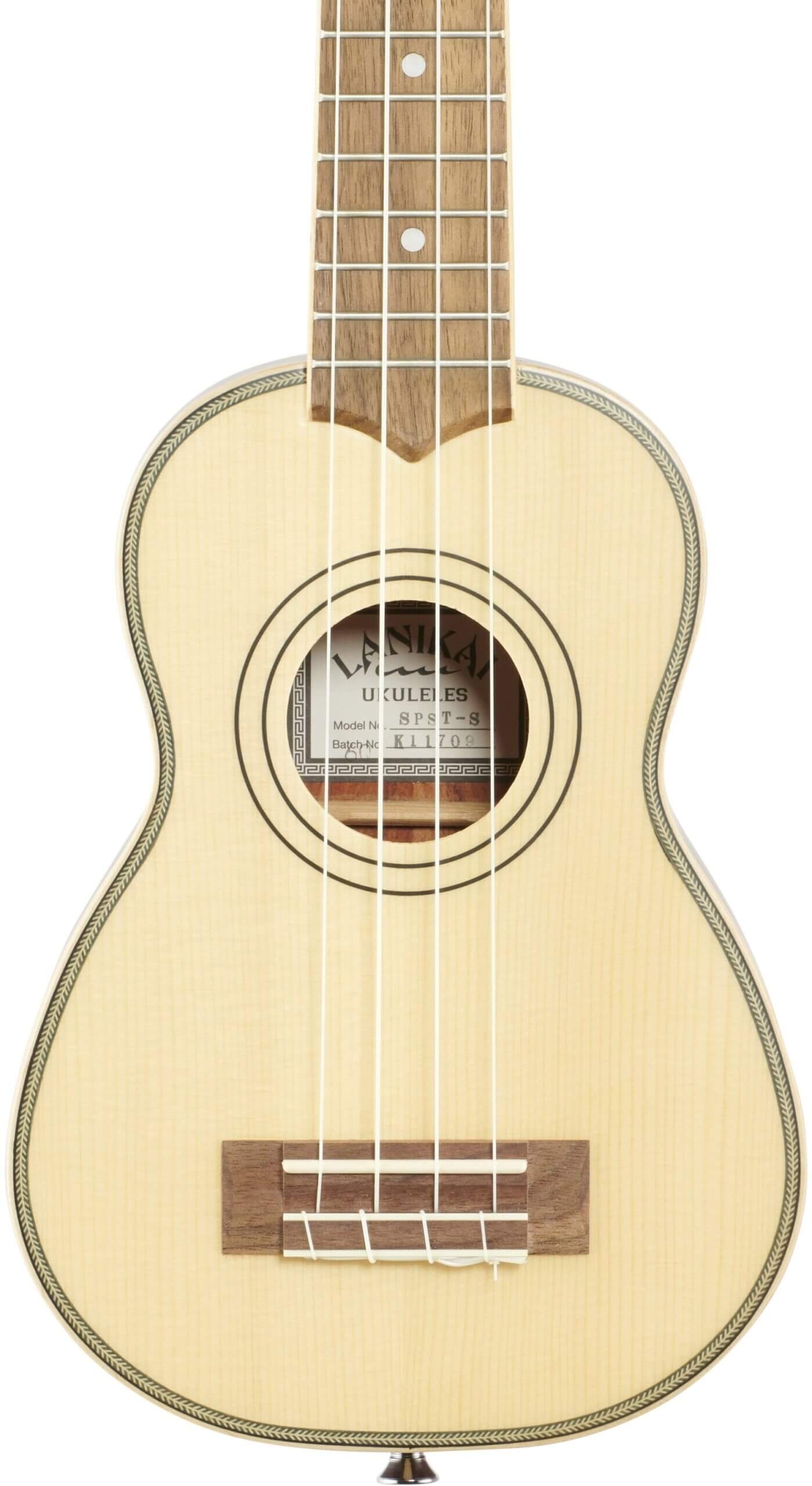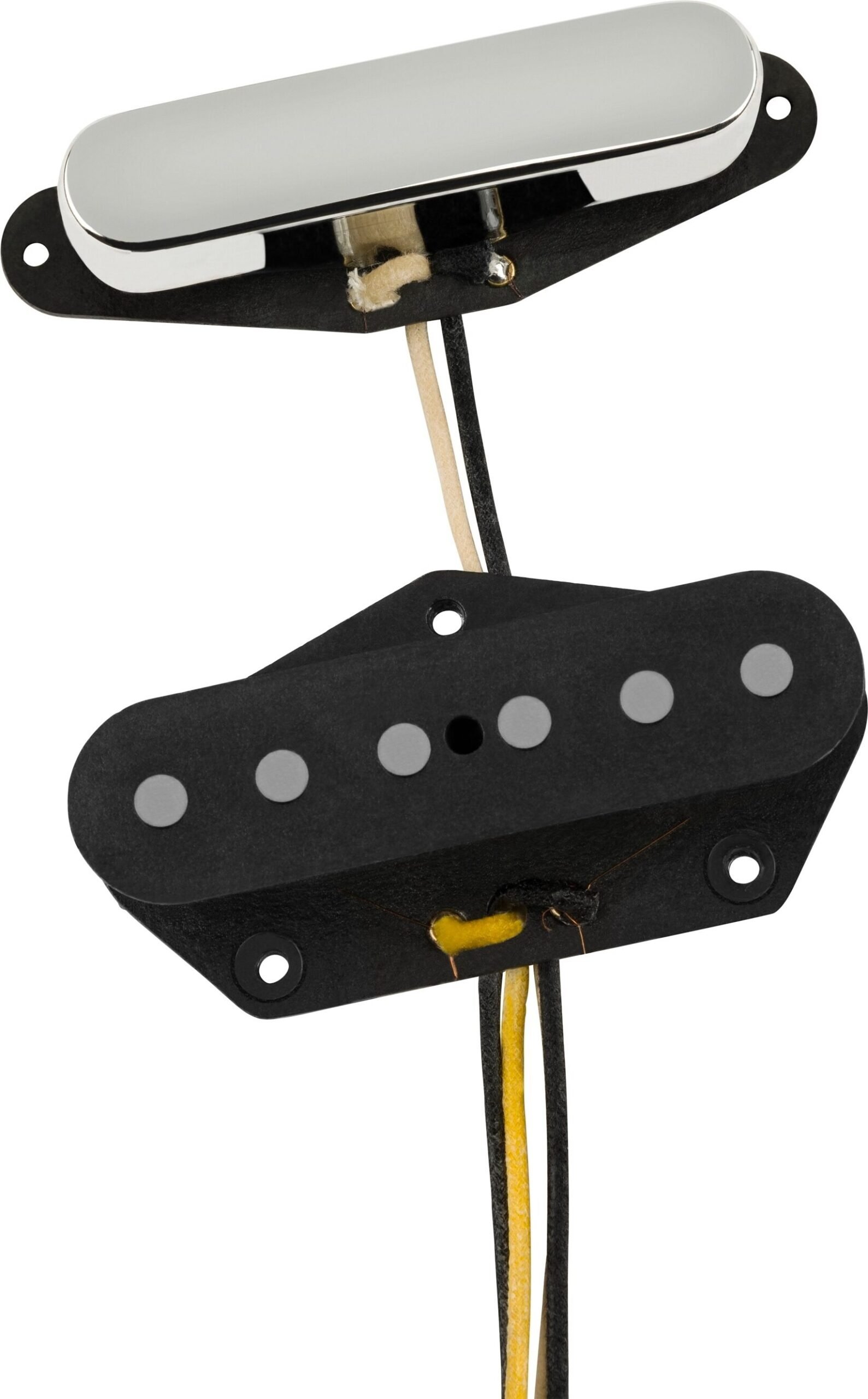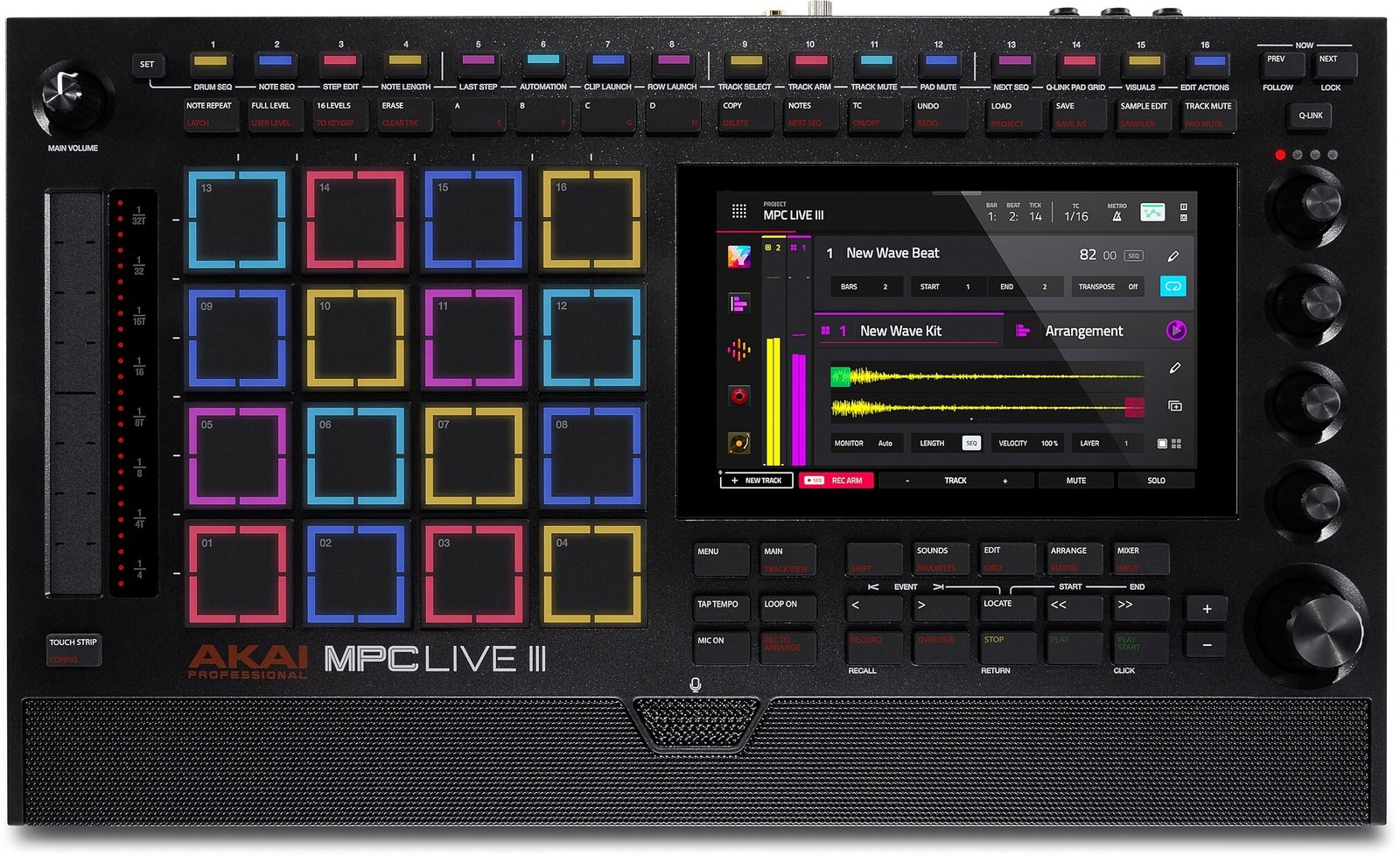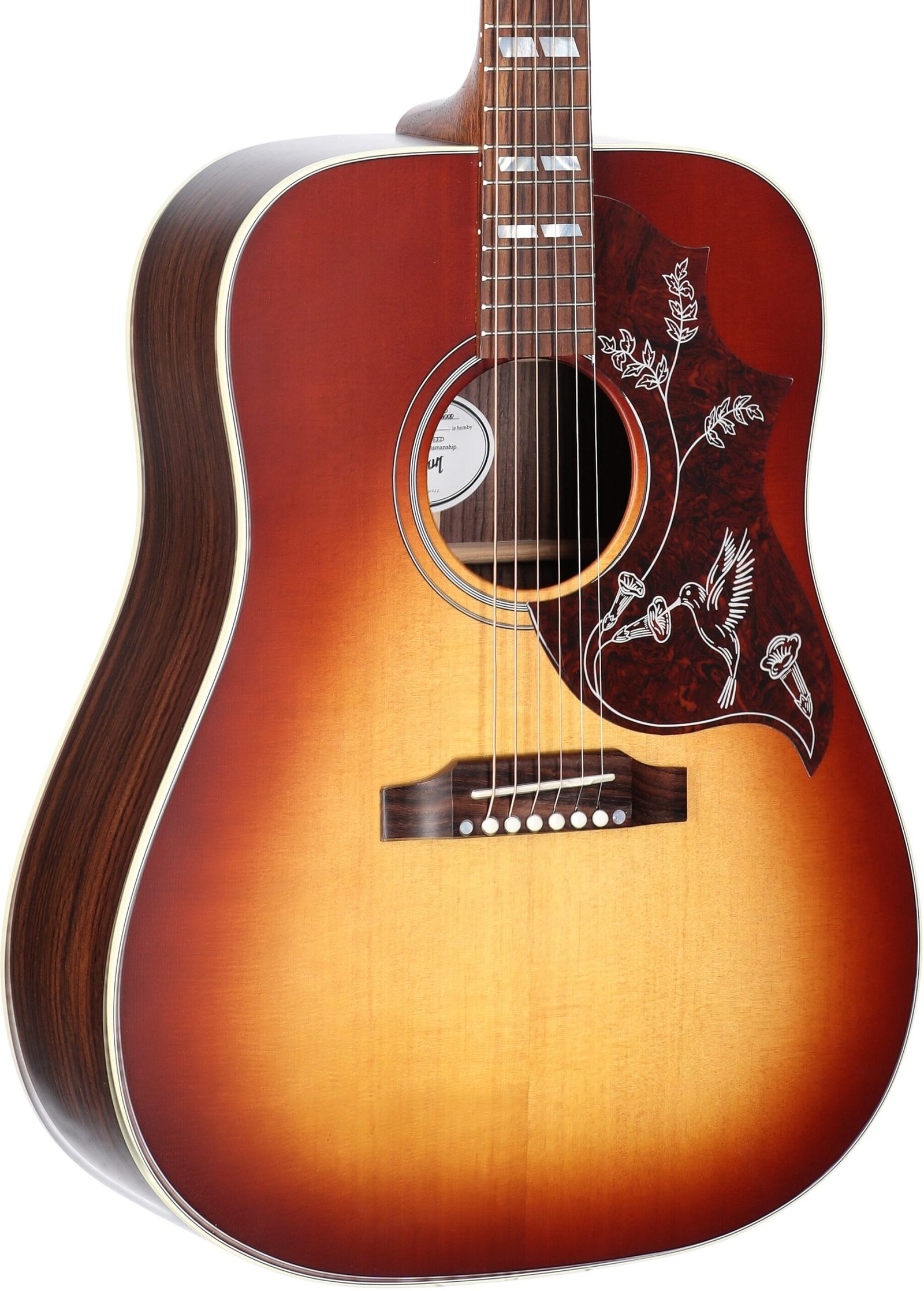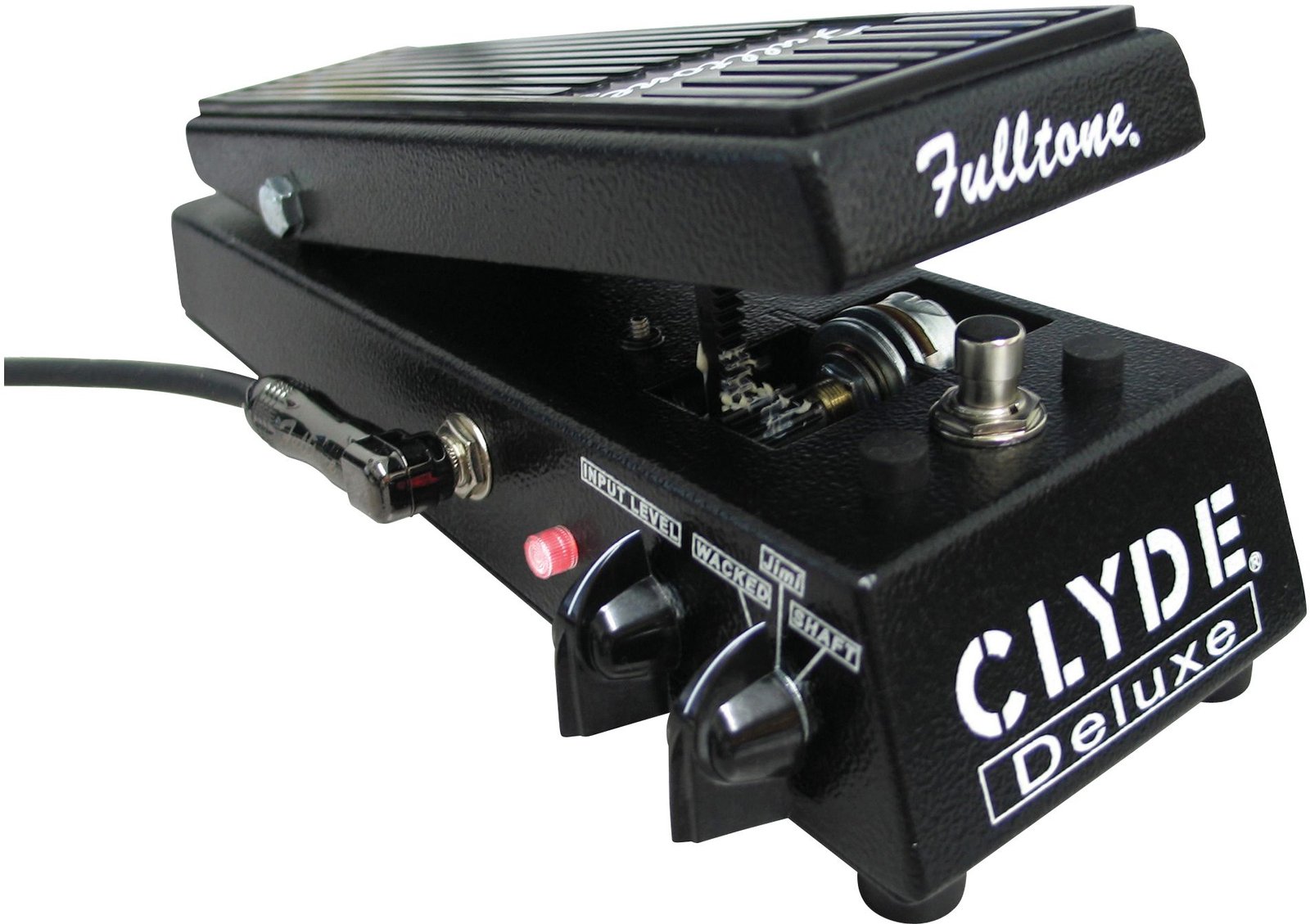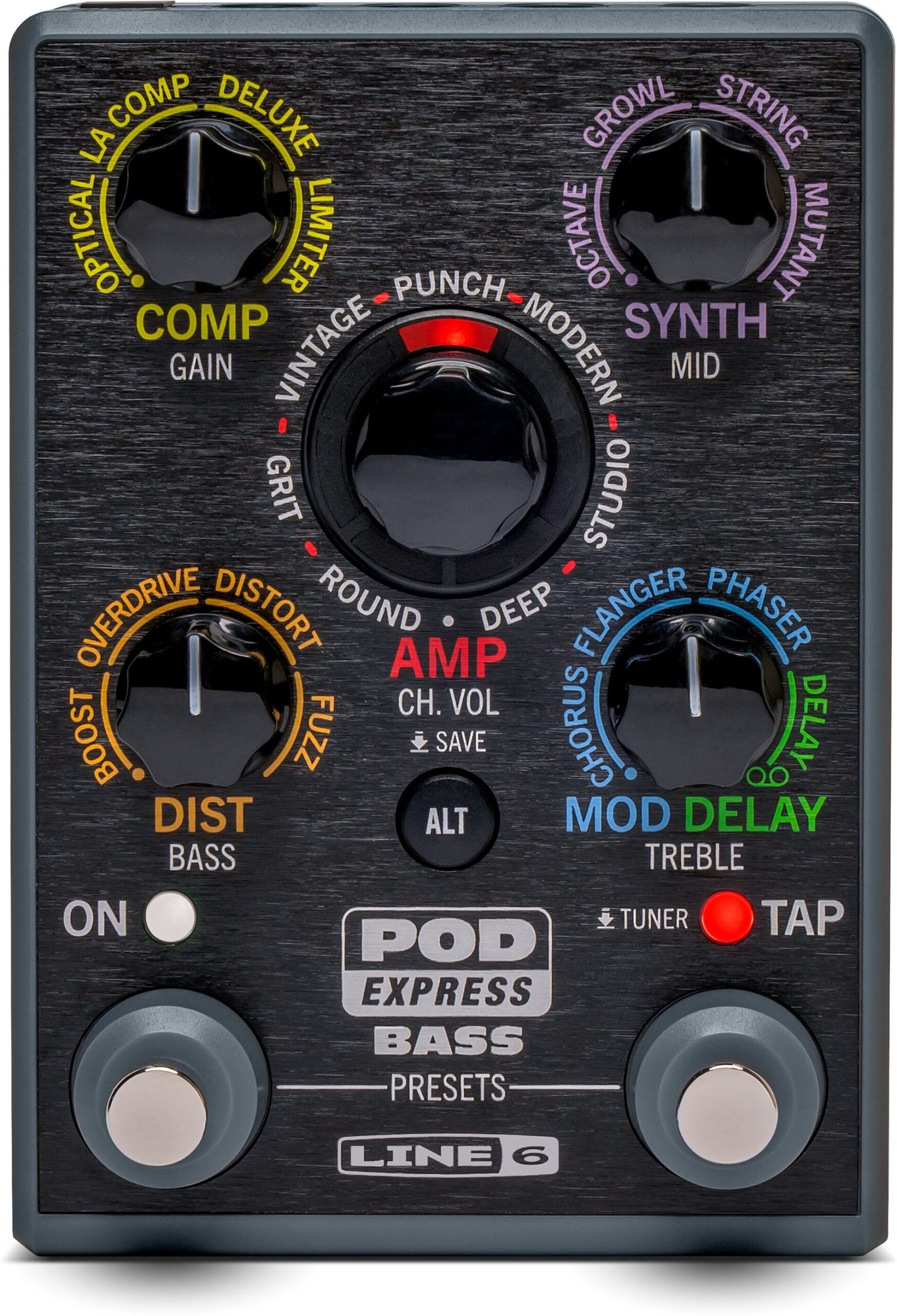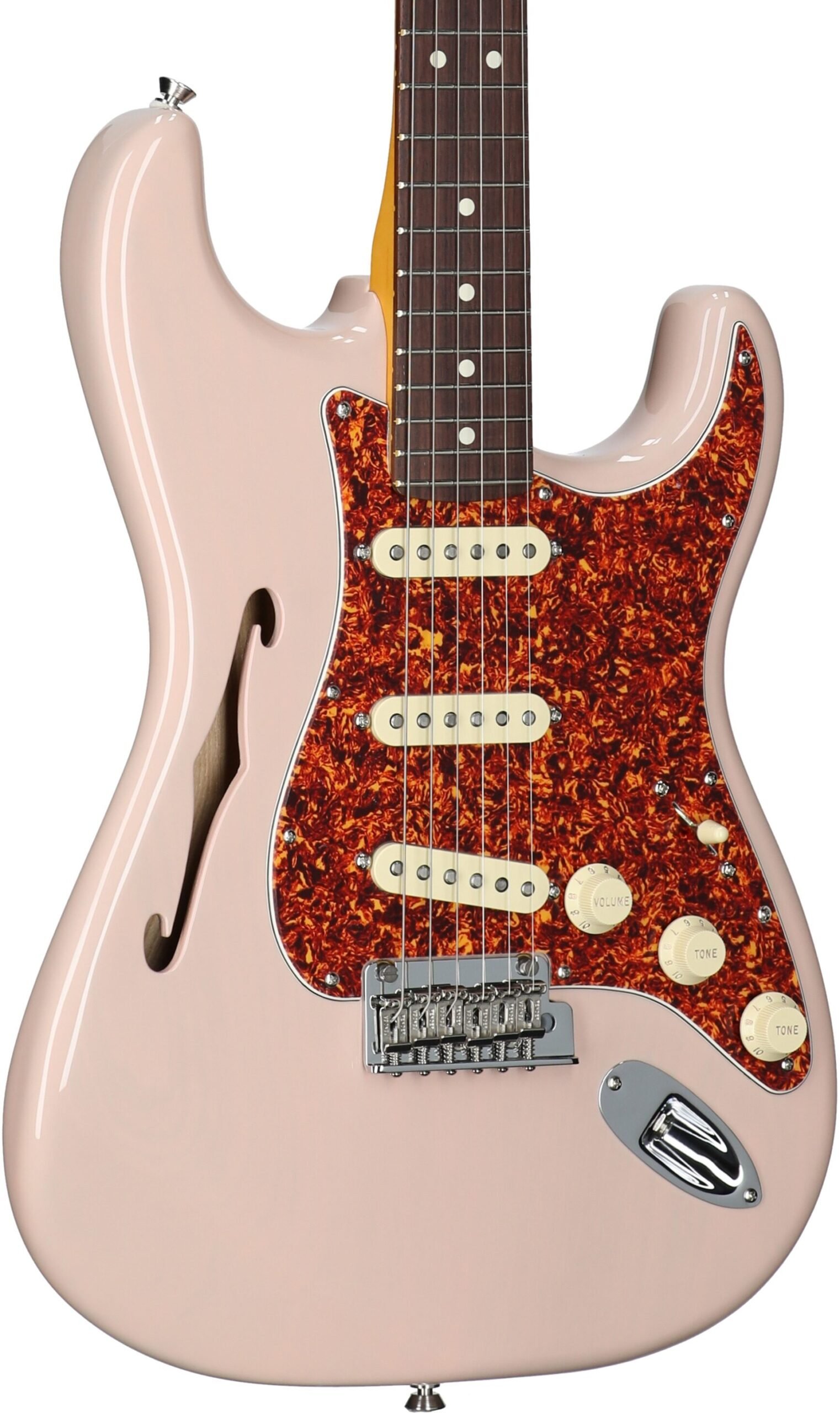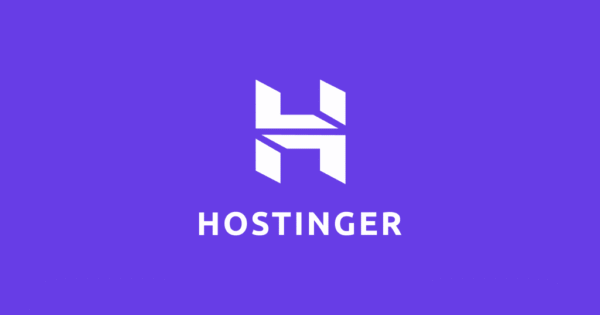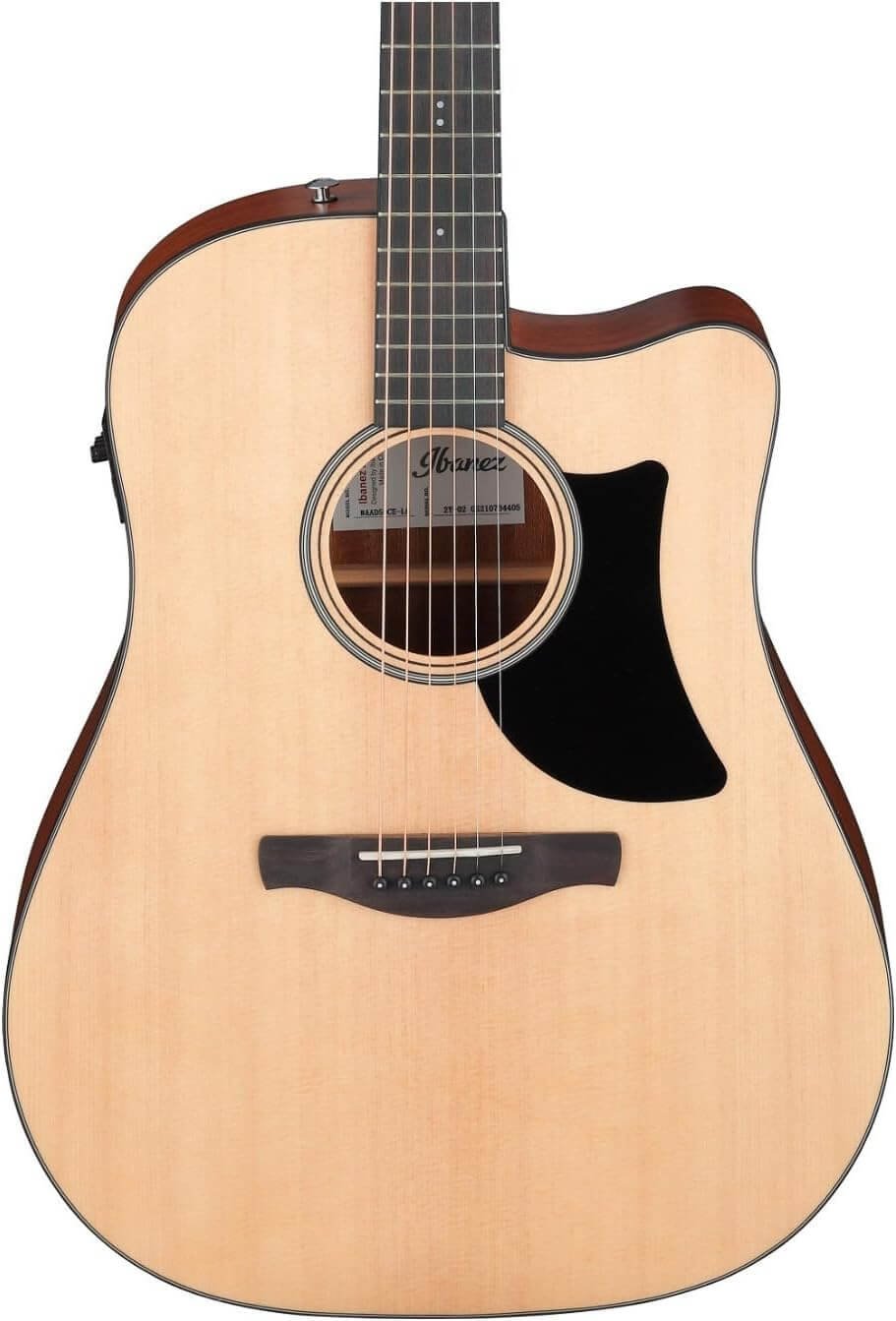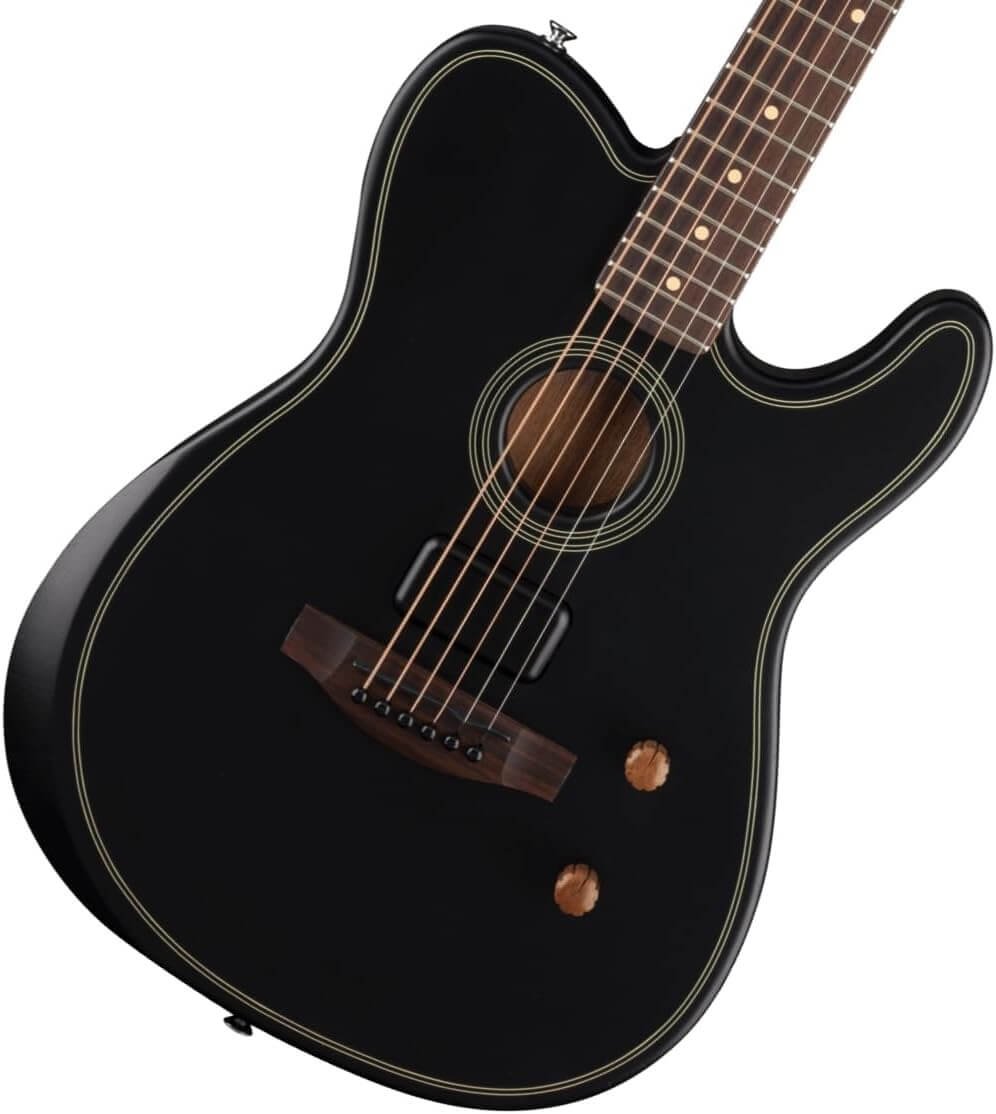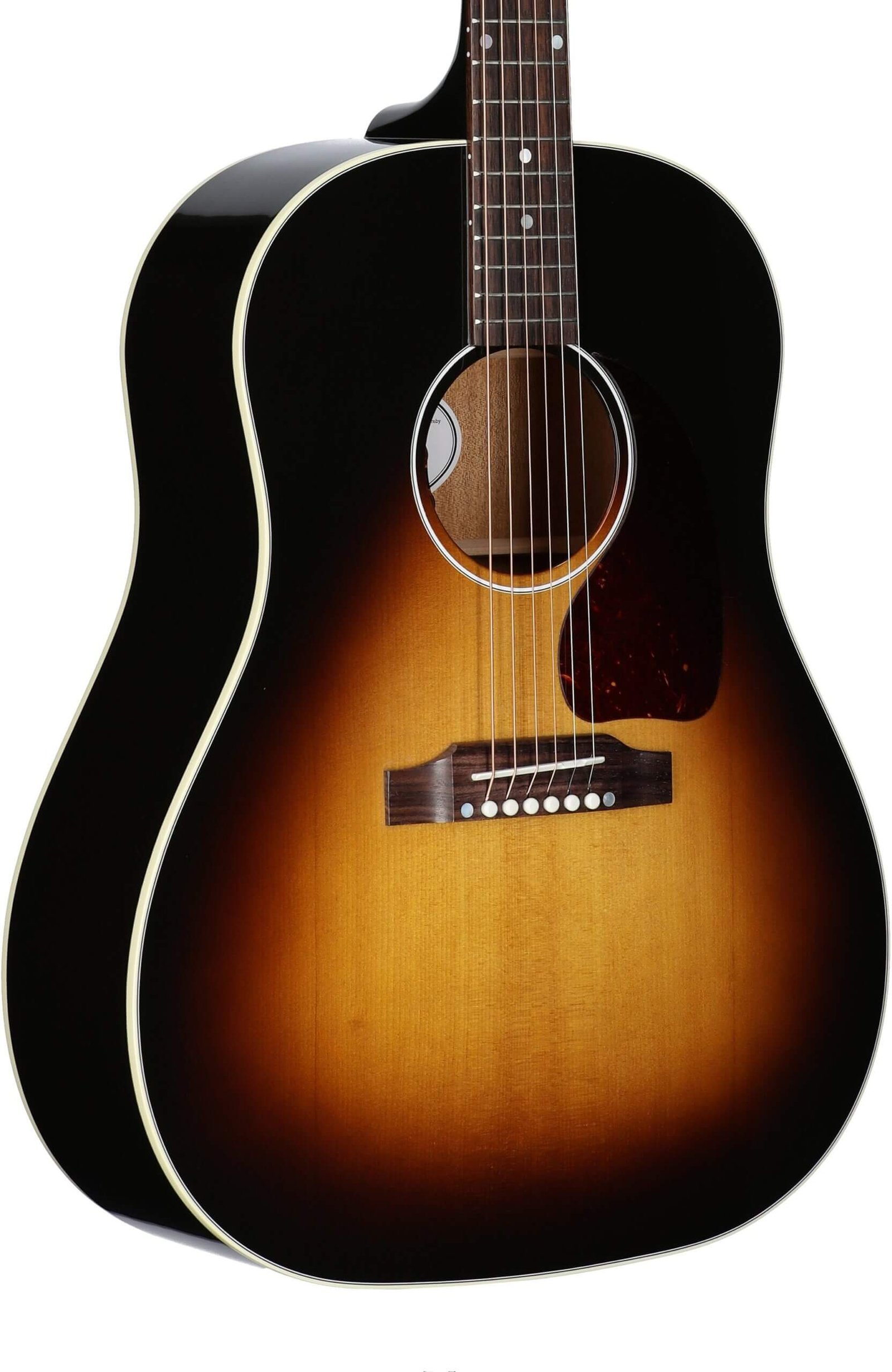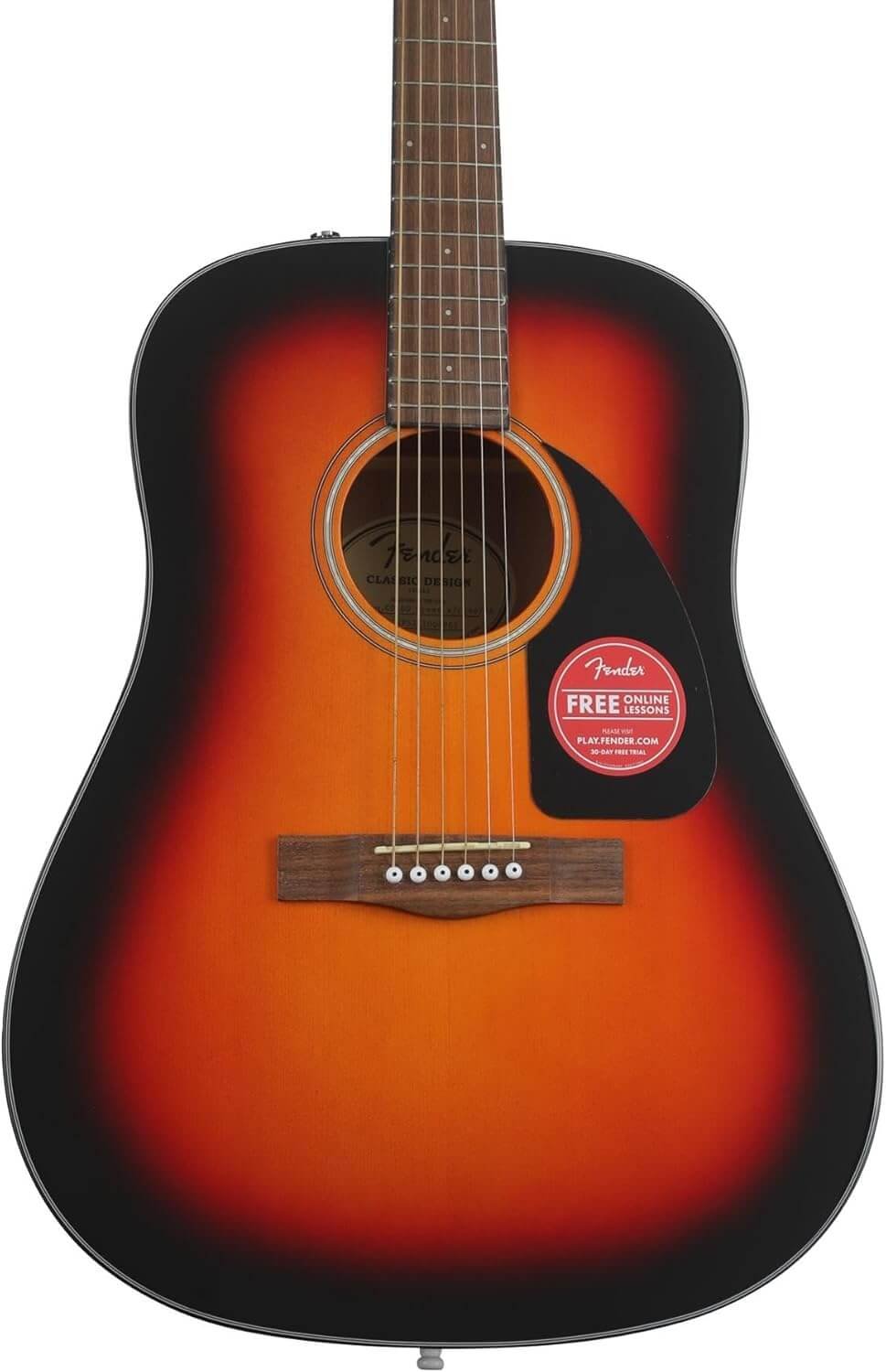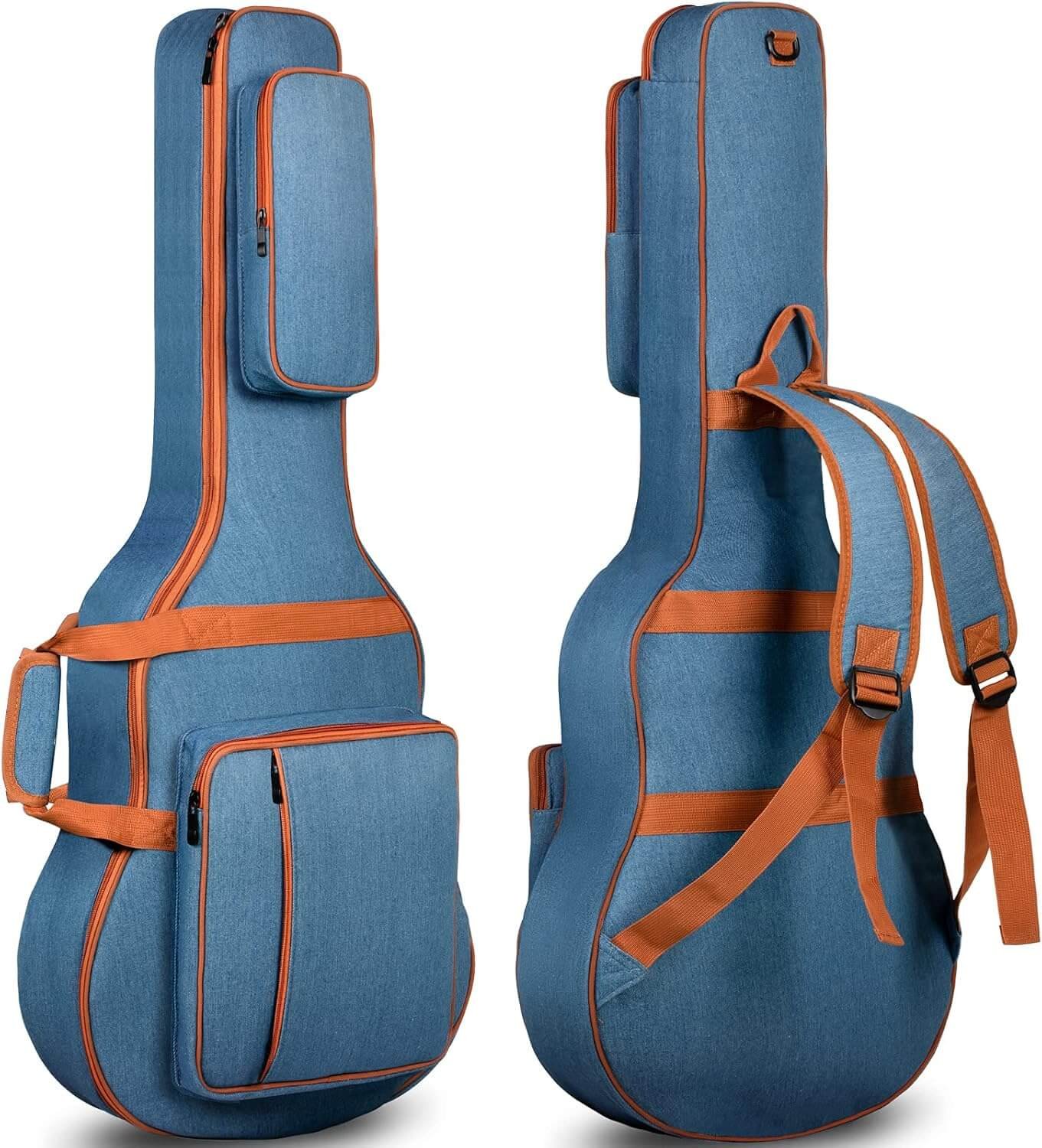Cheap vs. Mid-Range vs. Expensive
Introduction
Learning to play the guitar is an exciting journey, but choosing your first instrument can be overwhelming. With so many options available—budget-friendly, mid-range, and high-end guitars—how do you know which one is right for you?
Buying the wrong guitar can lead to frustration, poor playability, and even quitting before you really get started. On the other hand, investing in the right guitar can make learning easier and more enjoyable.
In this guide, we’ll break down:
The pros and cons of cheap, mid-range, and expensive guitars
Key factors to consider when buying your first guitar
Recommended guitars for beginners in different price ranges
Whether you should buy online or in-store
By the end, you’ll have a clear understanding of which guitar is the best fit for your budget and goals.
1. Should You Buy a Cheap, Mid-Range, or Expensive Guitar as a Beginner?
A. Cheap Guitars (Under $200)
Pros:
✅ Affordable – Low financial risk if you’re unsure about committing to guitar.
✅ Good for testing interest – Helps you decide if playing guitar is right for you.
✅ Some decent options exist – Brands like Yamaha and Squier offer playable budget models.
Cons:
❌ Poor build quality – Cheap materials can lead to tuning instability and fret buzz.
❌ Harder to play – High action (string height) can make fretting painful.
❌ May need upgrades – Tuners, pickups, and nuts are often low quality.
Best For:
Absolute beginners on a tight budget
Those who want to test the waters before investing more
Recommended Cheap Guitars:
Acoustic: Yamaha FG800, Fender FA-115
Electric: Squier Affinity Stratocaster, Epiphone Les Paul SL
B. Mid-Range Guitars (200−200−600)
Pros:
✅ Better quality – Improved craftsmanship, materials, and electronics.
✅ Easier to play – Properly set up with lower action and better intonation.
✅ Longer-lasting – You won’t outgrow it as quickly as a cheap guitar.
Cons:
❌ Higher initial cost – More expensive than entry-level options.
❌ Still not professional-grade – May lack premium features.
Best For:
Beginners serious about learning
Those who want a guitar that will last several years
Recommended Mid-Range Guitars:
Acoustic: Taylor GS Mini, Seagull S6
Electric: Fender Player Stratocaster, PRS SE Standard 24
C. Expensive Guitars ($600+)
Pros:
✅ Exceptional playability – Smooth fretwork, premium woods, and high-end hardware.
✅ Better sound – Superior tonewoods and electronics for richer sound.
✅ Lifetime instrument – A guitar you’ll never need to replace.
Cons:
❌ High cost – A big investment for a beginner.
❌ Overkill for some – If you quit, you’ve spent a lot on an unused instrument.
Best For:
Beginners with a strong commitment to learning
Those who want a guitar that grows with their skill
Recommended Expensive Guitars:
Acoustic: Martin D-10E, Taylor 214ce
Electric: Gibson Les Paul Studio, Fender American Professional II
2. Key Factors to Consider When Buying Your First Guitar
A. Acoustic vs. Electric Guitar
Acoustic Guitars
No need for an amplifier (more portable).
Harder on fingers (higher string tension).
Great for singer-songwriters and folk/rock players.
Electric Guitars
Easier to play (lighter strings, lower action).
Requires an amp and cables (extra cost).
Ideal for rock, metal, blues, and jazz.
Which is better for beginners?
If you love strumming chords, go acoustic.
If you want to play solos or rock/metal, go electric.
B. Guitar Size & Comfort
Full-size vs. ¾-size guitars – Adults should generally get a full-size guitar, while kids may prefer a smaller one.
Body shape – Dreadnoughts are standard, but concert and parlor guitars are more comfortable for some.
C. Playability (Action & Neck Shape)
Low action (strings close to the fretboard) makes playing easier.
Thinner necks (like on Fender Stratocasters) are better for small hands.
D. Brand Reputation
Stick with reputable brands known for quality beginner guitars:
Acoustic: Yamaha, Fender, Taylor, Seagull
Electric: Squier (by Fender), Epiphone, PRS SE, Ibanez
3. Should You Buy Online or In-Store?
Buying Online (Pros & Cons)
✅ More options & better prices
✅ Convenient delivery
❌ Can’t test before buying
❌ May need a professional setup
Buying In-Store (Pros & Cons)
✅ Try before you buy
✅ Instant setup & adjustments
❌ Limited selection
❌ Potentially higher prices
Best Approach:
If possible, visit a store to test guitars.
If buying online, choose retailers with good return policies (Sweetwater, Guitar Center, Amazon).
4. Common Beginner Mistakes to Avoid
Mistake #1: Buying the Cheapest Guitar Available
Poor-quality guitars can discourage you from playing.
Solution: Spend at least $200 for a decent starter guitar.
Mistake #2: Ignoring the Setup
Even a great guitar can play poorly if not set up correctly.
Solution: Get a professional setup or learn basic adjustments (action, intonation).
Mistake #3: Choosing Based on Looks Alone
A cool-looking guitar may not be the easiest to play.
Solution: Prioritize comfort and playability over aesthetics.
5. Final Recommendation: What’s the Best First Guitar?
Best Budget Option (150−150−200)
Acoustic: Yamaha FG800
Electric: Squier Affinity Stratocaster
Best Mid-Range Option (300−300−600)
Acoustic: Taylor GS Mini
Electric: Fender Player Stratocaster
Best High-End Option ($600+)
Acoustic: Martin D-10E
Electric: Gibson Les Paul Studio
For most beginners, a mid-range guitar (300−300−600) offers the best balance of quality, playability, and value.
Conclusion
Your first guitar should inspire you to play, not frustrate you. While cheap guitars can be tempting, investing a little more in a mid-range instrument will make learning easier and more enjoyable.
If you’re serious about guitar, consider spending 300−300−600 for a model that will last years. If you’re unsure, a $200 Yamaha or Squier is a solid starting point.
Next Steps:
Decide between acoustic or electric.
Set a budget (200−200−600 recommended).
Try guitars in-store or order from a trusted retailer.
Get a professional setup if needed.
Now that you know what to look for, it’s time to pick your first guitar and start playing! 🎸
